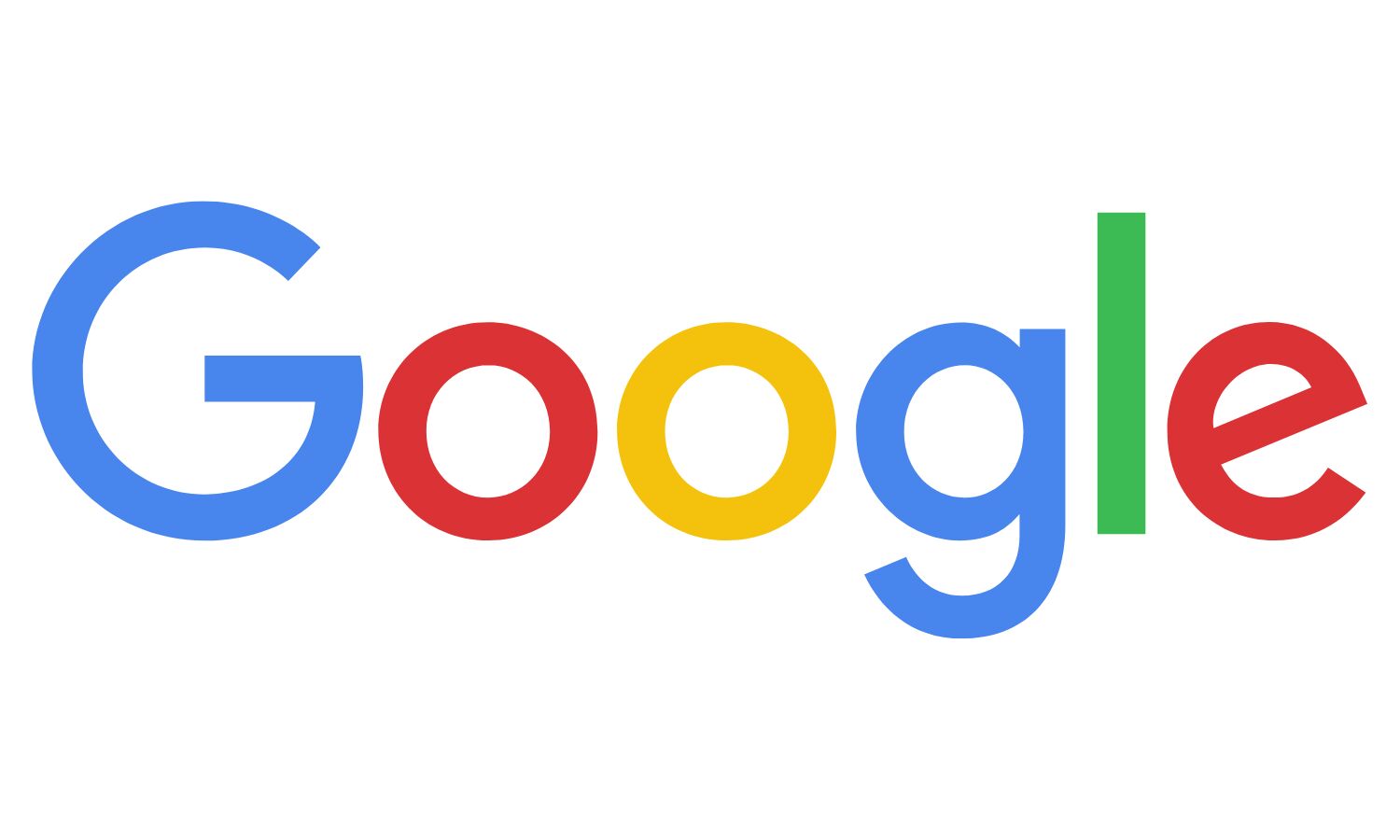



Google Shows How to Optimise for Beta Discover Follow
Google explained how to prepare a website for the Discover Follow function so that it attracts followers...
For a beta feature that lets users follow a website on their Google Discover feed, Google has provided updated instructions. When a new story is published, visitors who have followed a website can see it in their Discover feed.
Users of Chrome Android Beta in the United States will be able to access the new feature (also known as Chrome Canary).
Since May 2021, Google has been testing this function, and as of today, Google Search Central now has documentation for it.
Even if the Discover Follow feature is only being made available to a select group of people, getting in first and starting to build a following through Discover may still be beneficial.
Stories are directly listed for indexing for the Google Discover Feature in the Hocalwire CMS editor's indexing features. The same is enabled by default for all tales, and the settings may be frequently repeated.
How to Optimize for the Follow Feature
Publishers don't always need to take any action in order to be successfully followed.
Google does, however, advise publishers to have a current RSS or Atom feed so that Google can recognize fresh items.
Additionally, Google provides a channel for publications to share which feeds users can follow in Discover.
The Follow function on your website by default uses RSS or Atom feeds.
If your website doesn't already have an RSS or Atom feed, Google will create one for your entire domain depending on how we see it.
If your website has one or more feeds, you may improve the Follow experience by telling Google specifically which feed you want visitors to follow for a particular page.
The feeds must be linked from the web page's head section. The content is rendered according to the target device via a headless CMS. Using a single code base and Hocalwire, serving dynamic content is simple.
Leaf and Hub Feeds
Google demands that the feed be added to what it refers to as hub and leaf pages.
Similar to category and archive sites, hubs serve as the primary landing pages. The pages that the individual articles link out to are known as leaf pages.
The same feed can be placed in the head area of every page if the website only has one feed.
Feed Each Category's Content
A publisher can also designate a unique feed for each of the many categories, such as Business, Technology, etc., using this hub and leaf feed structure.
A single technology item from the technology area is used as an example by Google. You can serve web pages incredibly quickly with Hocalwire CMS.
Can include a number of feeds on the home page
Publishers can also choose to link the homepage with a variety of feeds that correspond to other parts of the site. The order of such feeds indicates significance.
"Add additional feeds in the order you wish. For instance, you might prefer that users read the top page feed first, followed by the business section, and then technology. Google makes use of this data to learn more about how certain feeds are used on your website.
Should You Participate in Discover Follow's Beta Test?
Not all Chrome users presently have access to it. However, it appears to be a good opportunity to take advantage of it; even if it only results in a small number of new readers, anything that spreads word of mouth is beneficial.
To keep up with the Google Update cycle for its search engine, Hocalwire CMS features a carefully curated collection of settings that are automatically updated. We provide mobile SEO implementation as part of our standard packages as a service to our clients. To learn how Hocalwire may assist in transforming your current codebase into a beautiful mobile experience, schedule a Demo right away.

